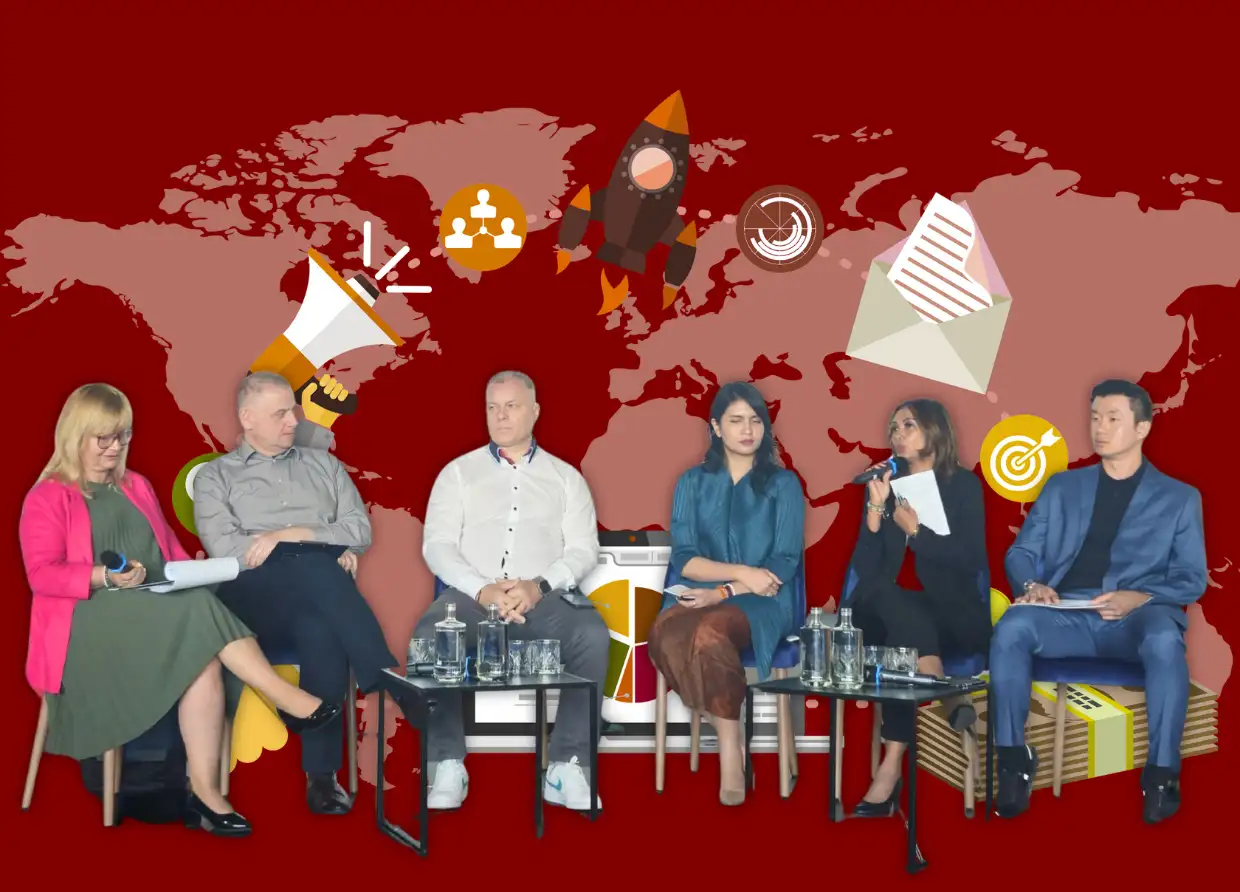CONSIDERING TO GET A JOB IN DIGITAL ART? HERE ARE THE OPTIONS!
Here are plenty of high-paying gigs in digital art industry.

You don’t have to suffer for your art, at least not when it comes to salary. There are plenty of high-paying gigs that will reward your creativity. Many fast-growing occupations need these skills and provide an outlet for creative expression. Jobs can be found in diverse fields ranging from art therapy, cinematography to teaching. Even engineers see direct benefits in possessing artistic skills, according to the National Society of Professional Engineers (NSPE). The best careers for artists offer a good income and job security.
When you think about digital art, you probably think of creating animations for video games. But there is a lot more. From medicine to law, digital artists have a hand in almost every industry out there, and when it comes to creating, careers in these industry can be just as rewarding as when you get a job as a game designer.
Now, let’s take a look at how digital art can be related to multiple industries!
Medical animator
A medical illustrator/animator is a professional artist with extensive training in medicine, science, communication, and technology. As visualization specialists, they create imagery that advances medical science knowledge and empowers health literacy for patients and the public. They have the medical and scientific knowledge to grasp complex information, distill it down and communicate the story in a clear visual narrative that is accurate, educational, and engaging.
Medical illustrators and animators work closely with physicians and scientists. They produce visual content for journals, books, presentations, magazines, advertising, film, television, web, mobile media, virtual reality, exhibits, and demonstrative evidence for legal proceedings.
In addition to producing such material, medical illustrators often function as content developers, creative directors, consultants, and administrators within the general field of biocommunication. Many are business owners and entrepreneurs.
Legal animation
Legal animation is used to illustrate an expert’s or witness’ description of what occurred. In other words, it shows the real evidence but is not the evidence itself. It is considered on the same level as allowing the witness to draw the scene themselves.
The benefit of a legal animation versus a witness drawing is that you are not dependent on the witness’ artistic ability. Computer animation is clear and concise and much more likely to communicate information effectively to the jury.
Legal animations are also extremely beneficial for adding clarity to expert testimony. Experts are often describing complex theories or processes with the technical language outside the common parlance. Verbal testimony is often poorly retained by jurors. With a visual representation of the information, both understanding and retention increase dramatically.
Architectural 3D modeler
A 3D model is widely used in the production of household and industrial goods, architecture and construction, in science, the manufacture of souvenir products, and decorative objects.
In medicine, 3D modeling has become widespread in organ prosthetics. And in the field of training a number of professions for the development of virtual simulators that simulate real working conditions.
Architecture is another area where the use of 3D technology is widespread. A few years ago, the development of the architectural layout took months, kilograms of paper and glue. With the development of technology, many production processes are simplified. Now, in order to present the building model to the customer, it is enough to have a computer and a 3D printer.
Comic book artist
The comic book, graphic novel, manga, and anime industries are some of the fastest-growing areas in all of literature, and the demand for great artists continues to grow with each passing year.
A comic book or graphic novel artist produces work in comic form and may produce the whole strip, or contribute to only a part of the comic. They convey humor or tell a story about everyday situations, recent trends, current events, and made-up worlds. It’s not uncommon for a team to be involved in the creation of a comic.
One artist may create only the key figures in the comic, while another artist or artists create the backgrounds, and a writer or writers write the script. It’s also worth noting that these roles can be interchangeable, and an artist that draws a character may be brought in to write a part or the whole script.
Like the fields of illustration and design, the comic book and graphic novel industry is very competitive, and you must be extremely talented to succeed. And, your first job just starting out may not be as a comic book artist. However, an entry-level job with a publishing firm or film production house can still offer valuable skill-building opportunities you can use later.
#THE S MEDIA #Media Milenial #working in digital arts



























